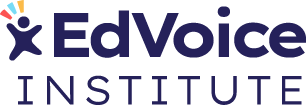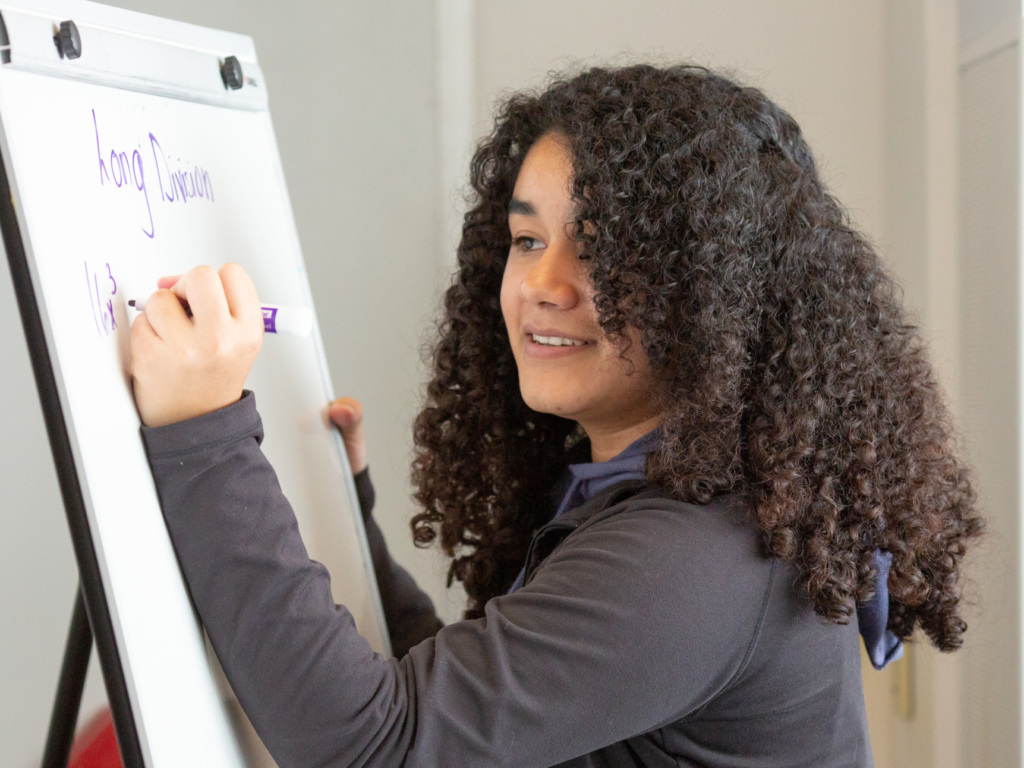Policy Agenda

Reshaping public education in California requires big changes to state education policy
Introducing Opportunity-Filled Futures: EdVoice Institute's Policy Agenda to Reshape California's Public School System
California’s legislative policies, school-based practices, and accountability measures do not sufficiently prioritize nor equitably support children from low-income communities. Despite these inequities, children from low-income communities often receive fewer supports while facing more challenges than their higher-income peers.
We know what needs to be done to solve the education crisis in California. With decades of experience in education, social justice, and racial equity, EdVoice Institute has developed a long-term, comprehensive policy agenda to ground our sister organization, EdVoice’s, policy recommendations and advocacy actions during each legislative cycle.
The agenda includes five priority policy pillars (outlined below) that we believe are critical in reshaping California’s public education system to meet the needs of all students.
Many higher-income students already have access to these key focus areas either through their higher performing public schools or through supplemental supports–often funded by their parents/caregivers–such as after-school tutors, mental health supports, enrichment activities, and more, as well as greater academic engagement at home.
By focusing on these key pillars–as well as three foundational conditions necessary to deliver on each area–we can level the playing field so that all children are academically and socially-emotionally prepared for futures filled with opportunity.
Foundational Conditions
Transforming policies and practices across these five pillars will significantly benefit students from low-income communities, but the pillars alone are insufficient. To truly deliver results across these critical pillars, it is also necessary to improve the following foundational conditions of our public education system:
- Adequate and Equitable Funding
Adequate and equitably-distributed funding is essential to sustaining a high-quality education for all students from low-income communities. - Accountability, Continual Learning, and Collaboration
Good policies require schools to create systems of accountability, continual learning, and collaboration to support growth and development while maintaining high standards and interventions when needed.
- Stability of Students’ Basic Needs
Studies show that students learn best when they are safe and supported, not just academically but more broadly. We will support partners as they lead efforts to pass policies that address food and housing insecurity, healthcare access, and other areas that significantly impact students’ ability to learn and access opportunity.
Join The Movement
Sign up to receive important legislative updates and advocacy opportunities, education research reports, special events, and more!





